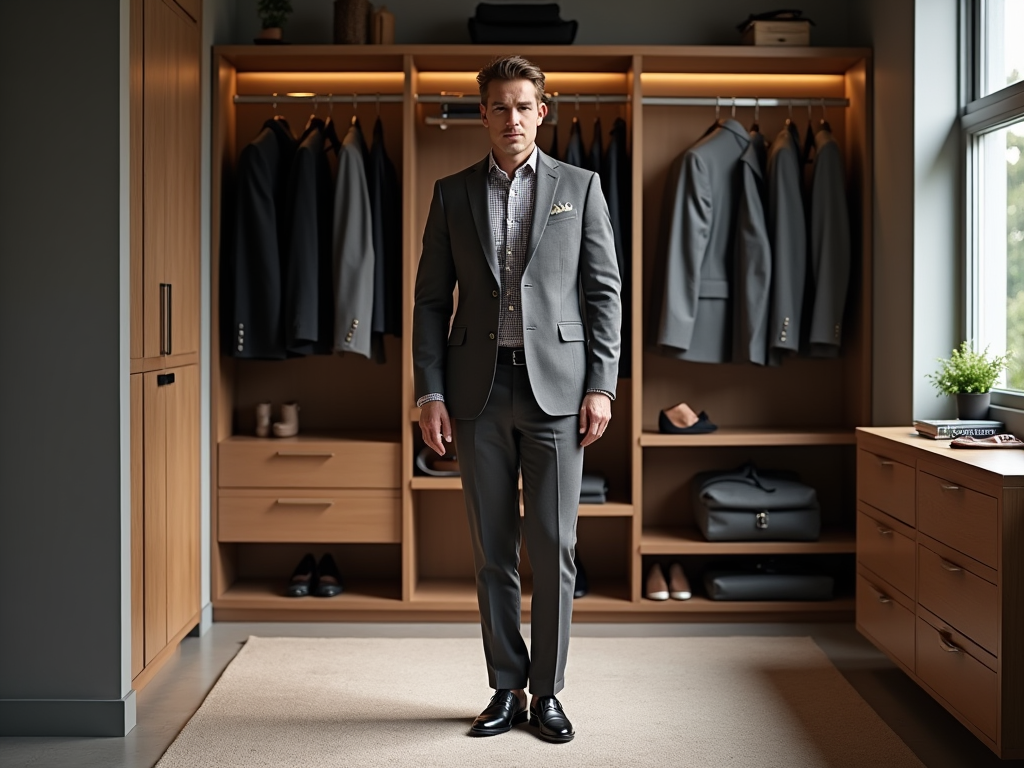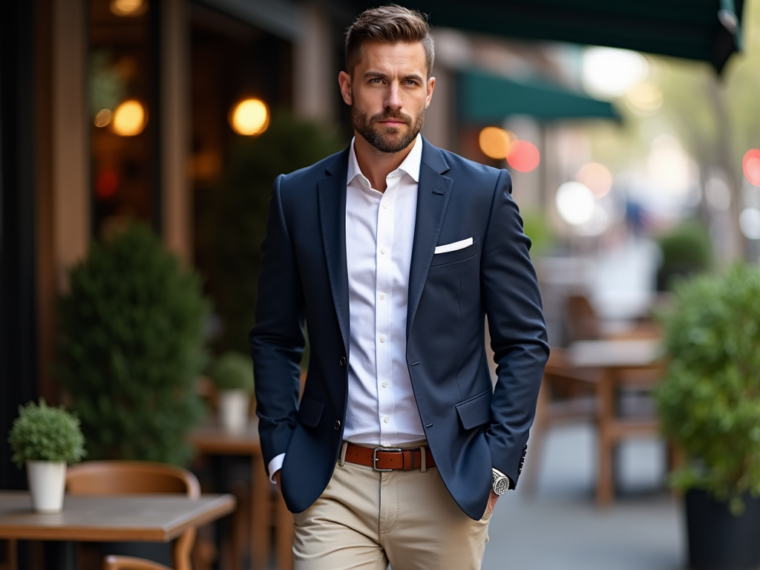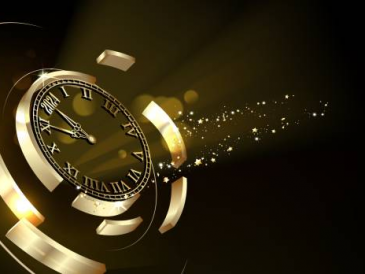What exactly does smart casual mean, and how can you master this versatile dress code? In essence, smart casual is a balanced blend between formal and relaxed attire, allowing for an individualized approach to style while maintaining a polished appearance. Perfect for a variety of occasions, smart casual offers flexibility and a chance to inject personal flair without appearing over or underdressed. Let’s delve into the essentials of this wardrobe style and help you elevate your style effortlessly.
Understanding Smart Casual

Smart casual is a dress code that bridges the gap between business casual and everyday casual wear. Its defining feature is the harmonious blend of the traditional with the contemporary. The idea is to appear well-dressed, yet comfortable. Think of it as a step up from regular casual wear, but not as structured or rigid as formal attire. The key to nailing the smart casual look is understanding balance—pairing different elements that complement each other to create a cohesive outfit.
For instance, a well-fitted blazer paired with tailored jeans and a crisp shirt might comprise a classic smart casual look. Footwear ranges from polished loafers to sleek, clean sneakers. Accessorizing with a watch and simple belt can tie the look together seamlessly. Remember, the essence of smart casual is flexibility, so your clothing choices can be adjusted based on the specific event or setting.
Cultivating a smart casual wardrobe involves investing in versatile pieces that can be mixed and matched. Building this wardrobe requires a focus on quality over quantity, ensuring each piece adds significant value to your style. Here are some essential items to consider:
- Blazers: A structured blazer in a neutral color like navy or grey can dress up any outfit.
- Tailored Trousers: Opt for chinos or smart jeans to strike the right balance between comfort and style.
- Crisp Shirts: Stick with solid colors or subtle patterns for versatility.
- Footwear: Invest in leather loafers or classy sneakers that match your ensemble.
- Accessories: Quality watches, belts, and minimal jewelry can elevate your look.
These pieces will serve as the backbone of your smart casual wardrobe, allowing you to dress appropriately for a range of occasions with ease.
The Importance of Fit

In any dress code, fit is king, and it becomes even more critical in smart casual attire. Ill-fitting clothes can ruin an otherwise well-chosen outfit. It’s essential to ensure your clothing fits well and complements your body shape. Tailoring can transform a piece from average to outstanding, making the extra expense worth it. A well-fitted blazer or pair of trousers can significantly enhance your appearance, projecting confidence and sophistication.
When selecting clothes, focus on fit and comfort. Fabric choices, like cotton and linen for warmer climates or wool blends for cooler temperatures, can also impact the overall look and feel of your outfit. Remember, you want your clothes to work with you, not against you.
Smart Casual for Different Occasions
One of the attractions of smart casual is its versatility across various occasions. Whether heading to a casual work meeting or a weekend brunch, the smart casual dress code fits right in. The key is to adjust your outfit to the nuances of each event while maintaining the core principles of smart casual style.
For a casual office setting, pair a button-down shirt with chinos and a neat blazer. For social gatherings, you might opt for a polo shirt with well-fitted jeans. Additionally, be mindful of cultural norms; some events might encourage more conservative attire, adjusting the looseness of smart casual accordingly.
Accessorizing Smart Casual
Accessories play a significant role in defining a smart casual look. They provide an opportunity to inject personality into your attire. However, it’s crucial not to overdo it. Aim for subtlety and select pieces that complement your outfit rather than overpower it. A few key accessories include:
- A classic wristwatch is both functional and stylish.
- A leather belt, matching your shoes, can complete your look.
- Minimalistic bracelets or a fine chain can add character without overwhelming.
Choosing the right accessories reflects attention to detail, where less is often more in maintaining an effortlessly classy appearance.
Conclusion
Mastering the smart casual dress code requires a blend of personal taste, context awareness, and an eye for detail. It’s about making intentional choices to present yourself as polished yet relaxed. By focusing on key wardrobe pieces, ensuring proper fit, and exercising thoughtful accessorizing, you can seamlessly elevate your style to suit any occasion. Remember, the goal is to feel confident and comfortable, embodying a style that is uniquely yours.
Frequently Asked Questions
Q1: Can I wear jeans in a smart casual outfit?
A1: Yes, jeans can be part of a smart casual look as long as they are well-fitted and in good condition. Pairing them with a blazer or a crisp shirt can enhance the smart element of the outfit.
Q2: Are sneakers appropriate for smart casual?
A2: Sneakers can be appropriate if they are clean and sleek. Opt for neutral colors and simple designs to maintain the balance between casual and smart.
Q3: Is a t-shirt acceptable in a smart casual dress code?
A3: A t-shirt can work as part of a smart casual outfit if it is in excellent condition and styled properly. Consider layering it under a blazer or pairing it with tailored trousers.
Q4: How can I make my smart casual look more formal?
A4: To make your smart casual outfit more formal, incorporate structured pieces like a tailored blazer, choose dress shoes instead of sneakers, and opt for darker or more classic colors.
Q5: What colors are best for smart casual attire?
A5: Neutral colors such as navy, grey, black, and white work well for smart casual attire, as they are versatile and easy to mix and match. You can also introduce subtle hues like burgundy or olive for added depth.





